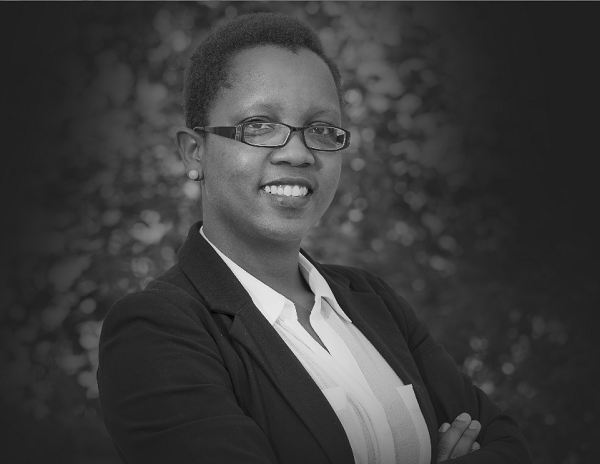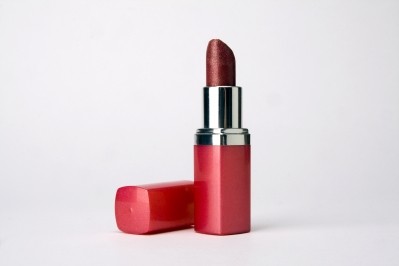L’Oréal raises the bar in Africa with new R&D facility

The facility will be opening its doors in July, and will be the hub for products that meet the specific hair and skin care needs of the diverse African population in the Sub-Saharan region.
In a recent interview with the company’s Consumer Evaluation Manager Julia Gichuri at the Research Centre for Sub-Saharan Beauty, this expert outlined the direction for the development of the company’s business in Africa and how it expects to meet consumer needs.
New team reflects African diversity
Although the new R&D centre is not open for a couple of months, a team of 17 employees is already ramping up towards the opening, according to an article in L’Oreal’s Monthly Digest.
During the interview, Gichuri underlines the diversity of the team, who are from all over Africa, and very much reflect the multicultural nature of Africa, which includes more than 3,000 tribes, as well as large ethnic minorities from Asia and Europe.
Indeed, Sub-Saharan Africa is said to be one of the most ethnically diverse regions in the world.
Meeting the needs of a hugely diverse consumer market
That diversity also reflects huge differences in both environment and culture, as well as interpretations of what beauty is all about.
The biggest consumer market in Africa is Nigeria, and the second biggest is South Africa, but the consumer profile of these two nations is hugely different.
Although the new centre will tap into L’Oréal’s global R&D network, the new facility will also operate very much on a local level.
“There are several centres like this one around the world, and we work closely together. For example we collaborate on haircare with the facilities in the USA and Brazil, two countries boasting large communities with African roots, and on skincare with the Indian and French centres,” said Gichuri.
Qualitative and quantitative surveys
Behind this aim is large-scale qualitative and quantitative surveys to determine key data about product usage and what are the motivational factors behind the usage.
“We use the feedback received over the course of the process to co-create with consumers. When a product is being developed, we test it with consumers representing different usage types, using various research techniques,” said Gichuri.
L’Oréal wants to maintain a clear position as the leading player in the African beauty market, and wants to develop its business in line with both the surging population and, perhaps more importantly, the rising middle class – a population that is expected to reach 1 billion in Sub-Saharan Africa by 2060.
The company's biggest growth market
The strategy to develop the market is already in place. And it’s working. Currently the biggest cosmetics player in the market. In 2015 the company’s African and Middle East division grew reported sales growth of 12.1% to €727.9 million, representing the biggest growth of any of its six global regions
But the strategy has to be multi-faceted and targeted for it to work, something that is reflected in the company’s approach to hair care, as one example.
“Africa is the world’s biggest relaxer market. But Africans do not consume these products in the same way as people elsewhere,” said Gichuri.
“Here in Africa, instead of using shampoo and conditioner every day – washing your hair once a week is considered frequent – women refresh their hair with ‘hair food’. We have therefore developed a moisturising oil that can be used daily in conjunction with the hair food treatment”.
And then there’s skin care, which Gichuri says is a largely underdeveloped market, reflected by the fact that there are few products targeting specific areas of the body or with targeted functionality.



![Latest developments from the South Korean beauty market. [Getty Images]](/var/wrbm_gb_food_pharma/storage/images/_aliases/wrbm_tiny/publications/cosmetics/cosmeticsdesign-asia.com/headlines/brand-innovation/korea-focus-able-c-c-kolmar-and-more-in-this-k-beauty-round-up/17357973-1-eng-GB/Korea-focus-Able-C-C-Kolmar-and-more-in-this-K-beauty-round-up.jpg)

![Able C&C has furthered its partnership with Japanese discount chain Daiso with new makeup launch. [A'pieu]](/var/wrbm_gb_food_pharma/storage/images/_aliases/wrbm_tiny/publications/cosmetics/cosmeticsdesign-asia.com/headlines/brand-innovation/a-pieu-and-daiso-launch-exclusive-2-makeup-line/17339117-1-eng-GB/A-pieu-and-Daiso-launch-exclusive-2-makeup-line.jpg)
![Down Under Enterprises is setting sights on the Asian market as environmental sustainability and traceability become increasingly important. [Getty Images]](/var/wrbm_gb_food_pharma/storage/images/_aliases/wrbm_tiny/publications/cosmetics/cosmeticsdesign-asia.com/headlines/market-trends/down-under-enterprises-shifts-focus-to-china-as-environmental-sustainability-traceability-come-into-the-spotlight/17304932-1-eng-GB/Down-Under-Enterprises-shifts-focus-to-China-as-environmental-sustainability-traceability-come-into-the-spotlight.jpg)
![News updates from Shiseido, Dr.Ci:Labo, Sephora, and more. [Shiseido]](/var/wrbm_gb_food_pharma/storage/images/_aliases/wrbm_tiny/publications/cosmetics/cosmeticsdesign-asia.com/headlines/brand-innovation/updates-from-shiseido-dr.ci-labo-sephora-and-more/17334944-1-eng-GB/Updates-from-Shiseido-Dr.Ci-Labo-Sephora-and-more.jpg)

![Clariant has underscored the importance of localisation strategies and distribution capabilities in China with beauty trends evolving at a rapid pace. [Getty Images]](/var/wrbm_gb_food_pharma/storage/images/_aliases/wrbm_tiny/publications/cosmetics/cosmeticsdesign-asia.com/article/2024/04/16/clariant-emphasises-importance-of-localisation-in-the-era-of-viral-trends/17327969-1-eng-GB/Clariant-emphasises-importance-of-localisation-in-the-era-of-viral-trends.jpg)
